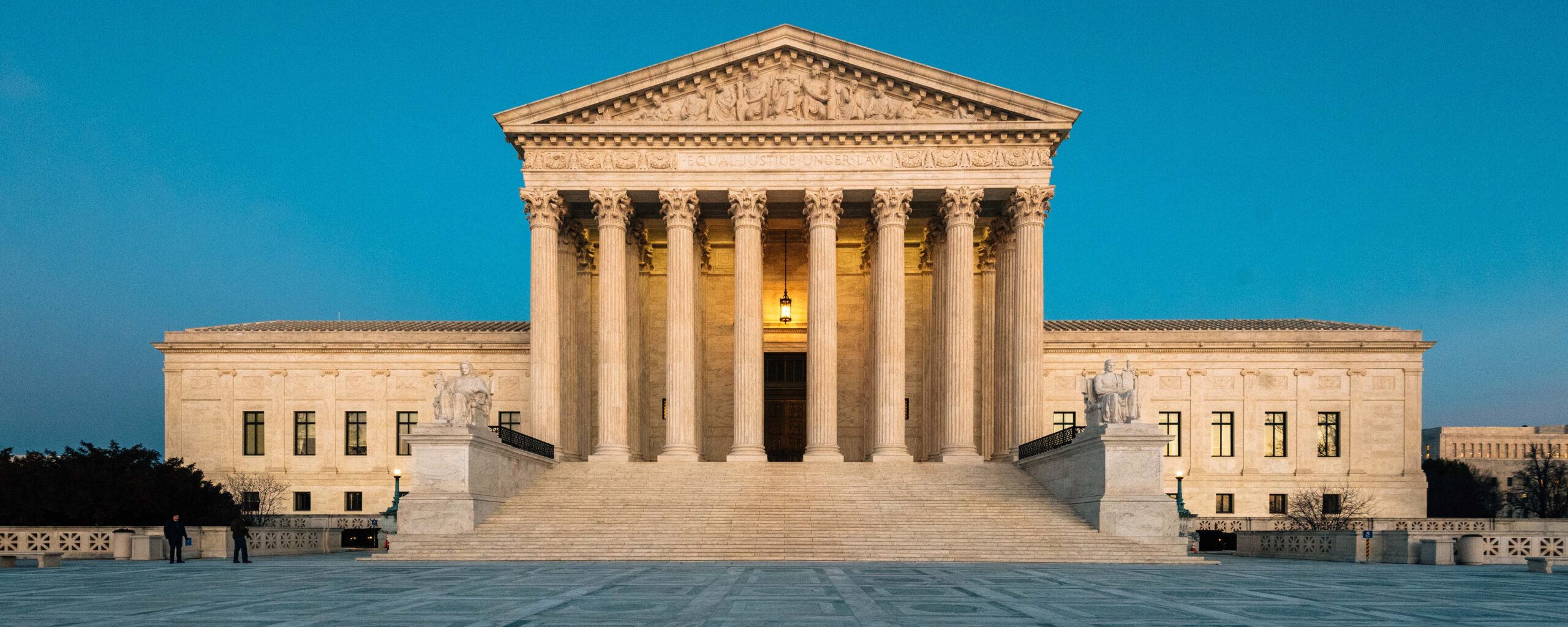Two-thirds of adults in the U.S. heard or read about the New York Times February 21 story alluding to a potentially inappropriate relationship between Republican presidential hopeful Senator John McCain and a female lobbyist during his presidential bid in 2000, according to recent data collected by the University of Pennsylvania’s National Annenberg Election Survey. Of those who were aware of the story, twice as many people stated that Senator McCain’s version of events was more believable than those reported in the Times story.
Data for this study were collected between February 21 and 27 among 1,653 adults in the United States. The margin of sampling error was plus or minus 2.4 percentage points. For subsamples within the study, the margins of sample error are larger, depending on the sample sizes of the groups being analyzed.’
The data show that when it came to awareness about the New York Times story on Senator McCain, educated, older, higher income and white respondents were more likely to know about the story than their counterparts (see Appendix). Also, people living in the Northeast and West and people living in urban and suburban areas were more likely to have heard or seen the story than people living in the Midwest or South or people living in rural areas.
Republicans and conservatives were also more likely to report being aware of the story. More than three-quarters (78.2%) of Republicans knew about the story in comparison to 66.9% of Democrats and 66.5% of independents. While 61.1% of liberals were aware of the story, 71.9% of conservatives and 71.3% of moderates knew about it.
"More Americans believed Senator John McCain’s explanation than believed the allegations reported in the New York Times story," said Kate Kenski, a senior analyst for the National Annenberg Election Survey and an assistant professor of communication at the University of Arizona.


